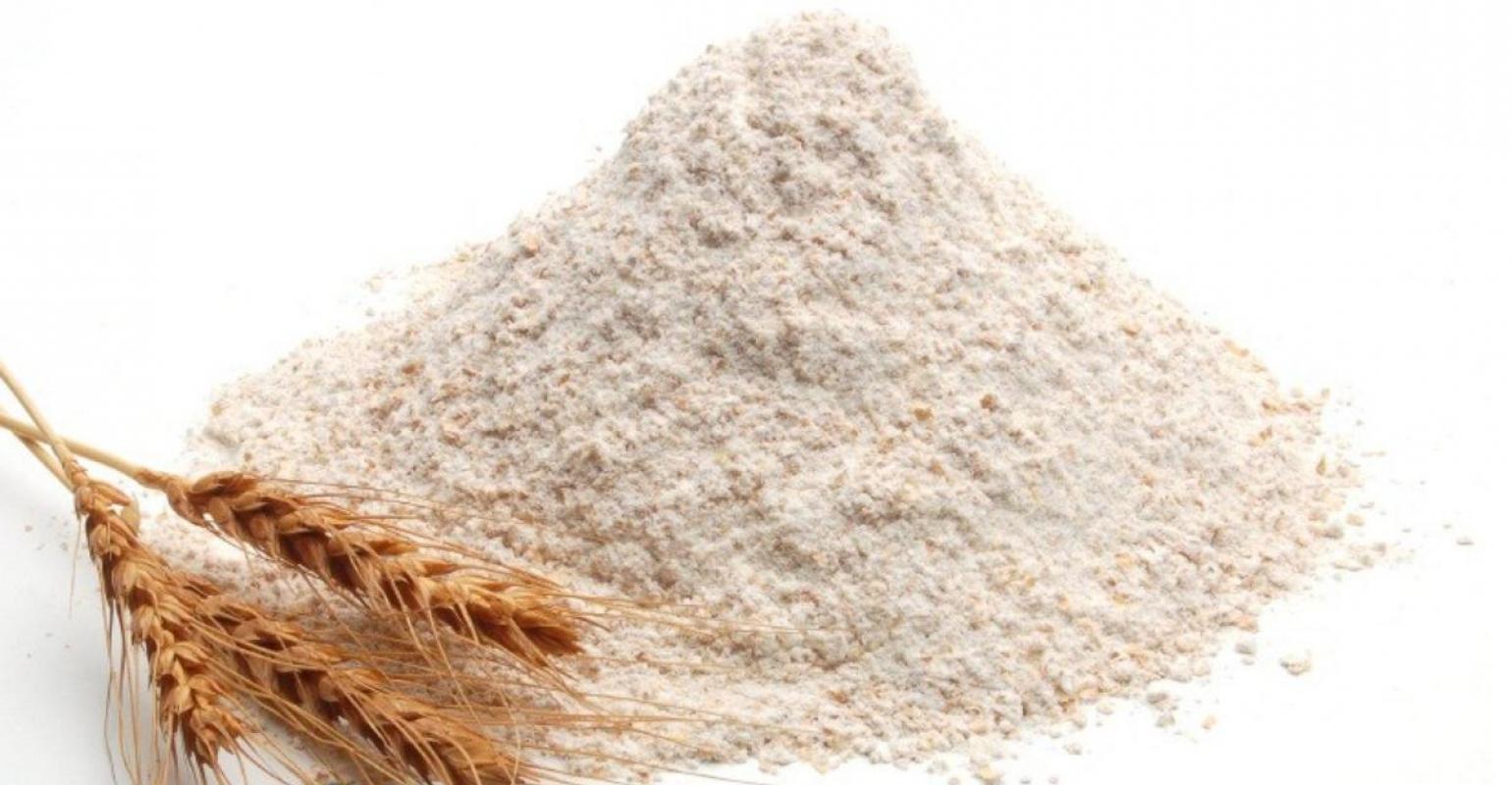Jul. 28, 2021
Inulin has various physiological functions, such as improving the intestinal microenvironment, controlling blood lipids, controlling body mass with low calories, promoting mineral absorption, promoting vitamin synthesis, regulating blood sugar levels and anti-cancer effects.
Wheat gluten protein is obtained from wheat flour through separation, extraction and drying, and its protein content is up to 80% or more.

Effect of inulin addition on the emulsification characteristics of wheat gluten
The addition of inulin significantly increased the emulsification activity of proteins, which is due to the strong water absorption of inulin, which changed the internal water distribution of proteins, disrupted the electrostatic repulsion between protein molecules and promoted the interaction of hydrophobic groups in proteins, resulting in the enhancement of protein emulsification activity.
On the other hand, the addition of inulin can strengthen the interaction between the side chain groups of protein molecules and water, which increases the solubility of protein and thus enhances the emulsification activity.
When the addition of inulin was lower than 10.0%, the protein emulsification activity increased with the increase of inulin addition by 14.4%. When the addition of inulin continued to increase, i.e., when the addition of inulin exceeded 10%, the water absorption capacity of inulin reached saturation, and the effect on protein solubility was small, so the effect on emulsification activity was also small.
Effect of inulin addition on thermodynamic properties of wheat gluten protein
The thermal denaturation temperature of pure wheat protein was 79.32°C. With the increase of inulin addition, the thermal denaturation temperature of wheat protein increased and reached the maximum value when the addition amount was 12.5%, and the denaturation temperature was (90.29±1.17)°C.
This indicates that the addition of inulin can improve the thermal stability of the protein, probably due to the large number of hydroxyl groups in the side chains of inulin, which form a tight structure with the lipophilic groups of the protein through hydrogen bonding.
Determination of sulfhydryl groups and disulfide bonds in wheat gluten protein
With the increase of inulin addition, the content of protein free sulfhydryl groups decreased and the content of disulfide bonds increased. When the addition of inulin reached 20%, the content of protein free sulfhydryl groups decreased by 67.73% and the content of disulfide bonds increased by 2.22 times, all these changes indicated that the free sulfhydryl groups were gradually transformed to disulfide bond structure.
The formation of disulfide bonds was originally a random process under the chemical conditions satisfying the formation of disulfide bonds, but the addition of inulin may increase the probability of this random event, leading to further formation of protein disulfide bonds.
Effect of inulin addition on the secondary structure of wheat gluten protein
The effect of adding inulin on the relative content of α-helical structure of wheat protein was not significant. With the increase of inulin addition, the relative content of wheat protein β-folded structure and random curl increased and the relative content of β-turned corner structure decreased.
Due to the strong water absorption of inulin, it led to the reduction of free water in the whole system. The most direct result of this change of hydration environment was that it led to the disruption of hydrogen bonds that maintained the β-turned structure, which reduced the proportion of β-turned structure. At the same time, the presence of inulin also causes some small molecule proteins to aggregate under non-covalent interactions, leading to an increase in β-turned structures.
Effect of inulin addition on the microstructure of wheat gluten protein
The structure of wheat protein without the addition of inulin had pores, and with the addition of inulin, the pores gradually disappeared and the structure was gradually dense. The gluten network structure was more stable after the addition of inulin, which was related to the enhancement of protein emulsification activity. The addition of inulin enhanced the hydrophilic effect of wheat alcoholic protein in gluten protein, which strengthened the gluten network structure.
It was observed that the gluten protein network structure was the densest with the addition of 10% inulin, which was consistent with the experimental results that the protein emulsification activity was stronger with the addition of 10% inulin.
Previous: Commonly used food additives